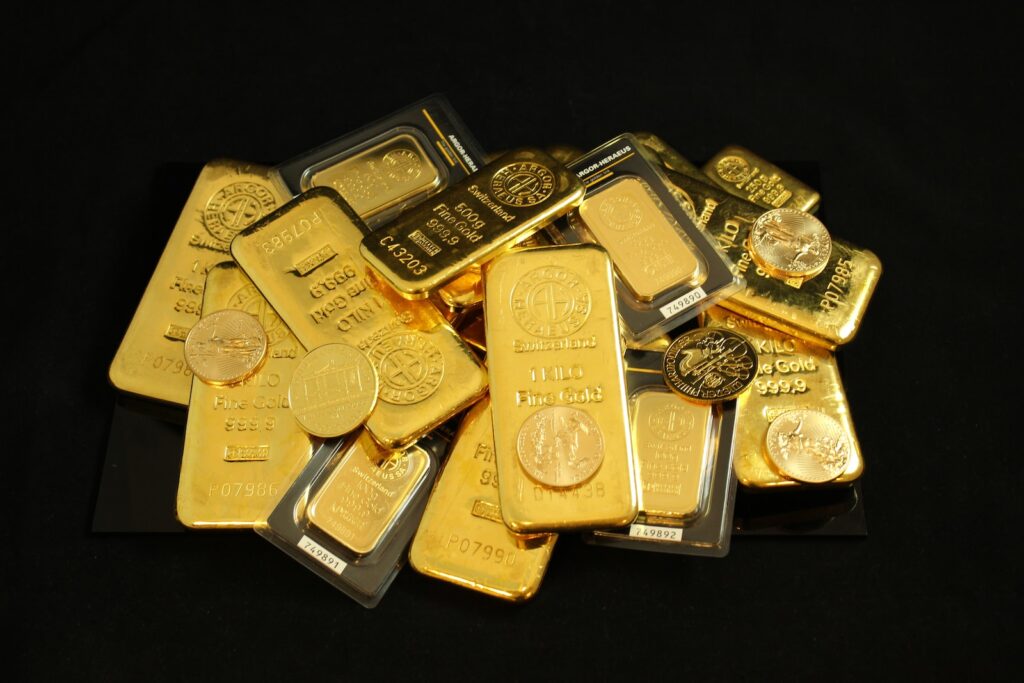Gold, throughout history, has been a symbol of wealth and prosperity. Revered for its rarity and desirability, it has become one of the most traded commodities on the planet. But what exactly determines the price of gold? Several factors play a role in influencing its market value. From global events to inflation rates, understanding the elements that drive the gold market can help one make informed decisions, whether for investment or just out of curiosity.
Supply and Demand
Supply: Mining activities significantly affect the supply of gold. When mining companies discover new gold deposits or when the costs of mining decrease, the supply of gold can increase, which might put a downward pressure on prices. Conversely, if mining becomes more expensive or if major mines close, the supply can reduce, which can lead to a hike in prices.
Demand: Gold is not just demanded for its investment value, but also for its use in various industries and for making jewelry. An increase in demand, without an equivalent increase in supply, will drive prices up.
Global Economic Health
Gold is often seen as a safe-haven asset. When the economy is volatile or in a downturn, investors flock to gold as a protection against financial loss. Hence, during economic recessions or uncertainties, gold prices tend to increase.
Central Banks’ Reserves
Central banks hold vast amounts of gold in their reserves. When these institutions buy or sell gold, it can significantly influence the market. A large purchase of gold by a central bank can indicate a lack of confidence in the economy, leading to an increase in gold prices.
Inflation and Deflation
Gold is often used as a hedge against inflation. When the value of currency decreases, the relative value of gold often remains stable or even increases. During inflationary periods, as the buying power of currency diminishes, more people tend to invest in gold, pushing its price up.
Interest Rates
When interest rates are high, other investments that yield a return (like bonds) are more attractive than gold, which doesn’t offer a return other than price appreciation. Therefore, when interest rates rise, demand for gold may decrease, leading to a drop in its price.
Geopolitical Events
Wars, political unrest, and other major global events can influence the price of gold. In times of geopolitical instability, investors again see gold as a safe haven, causing its price to go up.
Strength of the US Dollar
Gold is typically priced in US dollars in the international market. Therefore, if the value of the US dollar decreases compared to other currencies, gold prices in dollars may increase, even if prices remain stable in other currencies.
Gold Production Costs
The cost of producing gold has a direct impact on its price. If the cost of mining gold goes up, it can lead to a rise in the price of gold, as producers seek to maintain profit margins.
Discovery of Alternative Investments
As the financial market evolves, the discovery or popularization of new investment avenues can divert investment from gold. Cryptocurrencies, for instance, have been viewed by some as ‘digital gold’, and their rise might affect traditional gold investments.
Stock Market Performance
The stock market and gold often have an inverse relationship. When stock markets are bullish, investors might pull money out of gold to invest in equities, and vice versa. Hence, the performance of major stock exchanges can influence gold prices.
Global Health Concerns
Events like pandemics can create uncertainty in global markets, leading to increased investment in safe assets like gold. The COVID-19 pandemic, for example, played a role in driving gold prices due to global economic uncertainties.
Market Speculation
Like all commodities, speculation plays a part in gold prices. Traders’ perceptions about what gold should be worth can sway its price. If traders believe that gold will be more valuable in the future, they will buy more now.
Among these factors, a great deal of attention is given to the dealings of major gold dealers and institutions in the market. For example, companies like Ainslie Bullion Brisbane and Ainslie Bullion Melbourne play a significant role in the Australian gold market, and their actions can be a reflection of or influence on the broader market dynamics.

In conclusion, gold prices are a result of a myriad of interconnected factors. Whether it’s the basic economics of supply and demand, the health of the global economy, or the actions of central banks, each plays its part in determining the price of this precious metal. For potential investors, understanding these factors can be key to making informed decisions in the gold market.
